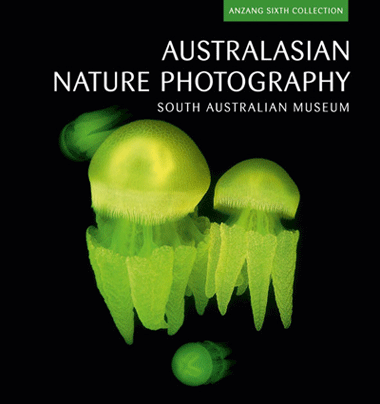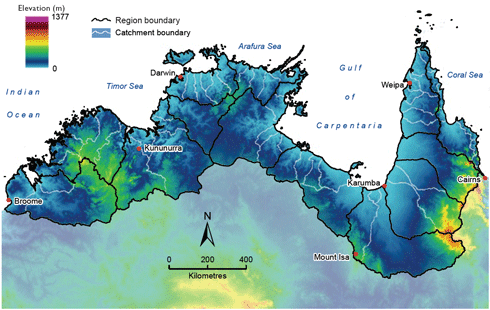
|
Published:
A set of dazzling postcards from nature
Nature is rich in marvels, but most of us are so busy or removed from the natural world, we never get to witness those elusive moments of breathtaking beauty, drama, intimacy and humour.

|
|
Australasian Nature Photography ANZANG Sixth Collection South Australian Museum 2009, Paperback ISBN: 9780643097193 – AU$39.95 http://www.publish.csiro.au/nid/18/pid/6100.htm |
This is what makes the annual ANZANG Australasian Nature Photography competition so special.
Every year, hundreds of photographers from around the world take part in a competition that celebrates ‘the depth and diversity of nature in Australia, New Zealand, Antarctica and New Guinea’. The winning entries are published in a book, with this year’s being the sixth collection since the competition began.
In its promotion of the book, the South Australian Museum – which runs the annual event – points out that the bioregion of Australia, New Zealand, Antarctica and New Guinea possesses ‘a unique natural heritage stretching back over 50 million years since the break-up of the great southern continent of Gondwana’.
The winning entries show just how unique and dramatic our natural world is – an action-packed moment snapped during a NSW bushfire; gangly jabirus fighting midair over a fish; a live cane toad being devoured by a freshwater snake; a tiny, querulous wagtail taking on an osprey (and getting the better of it!); the bold gaze of a wedge-tailed eagle at close quarters; the breathtaking beauty of a lily in a pond in Brisbane; and two hawksbill turtles embracing before mating. For sheer excitement, it’s hard to go past the shot of two male goshawks on the ground, wings outstretched, sizing each other up for a fight.
This is just a taste of the 150 extraordinary photos assembled in the book. Each is accompanied by technical information about the camera equipment used, and anecdotes about how and where the picture was taken. The additional information provides an insight into the dedication, patience and skill of the 1500 photographers who participated in the ANZANG competition.
With Christmas on the horizon, this book would make an ideal gift for anyone who loves nature and photography. For South Australian readers, a selection of photographs from the competition will be on display at the South Australian Museum from 2 October to 22 November.



